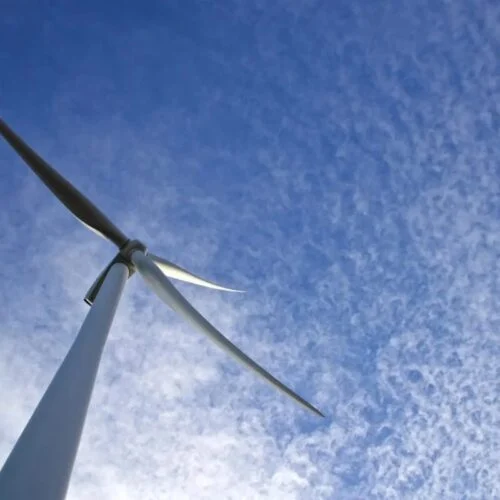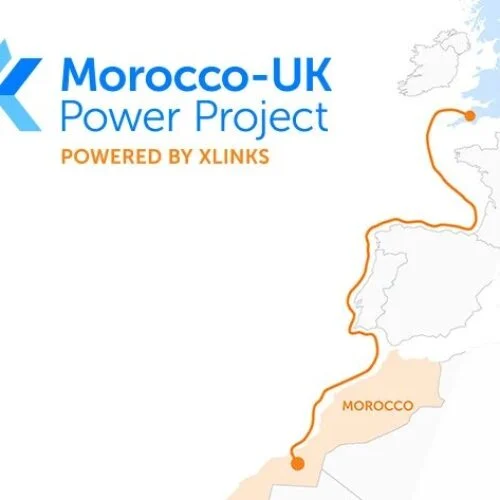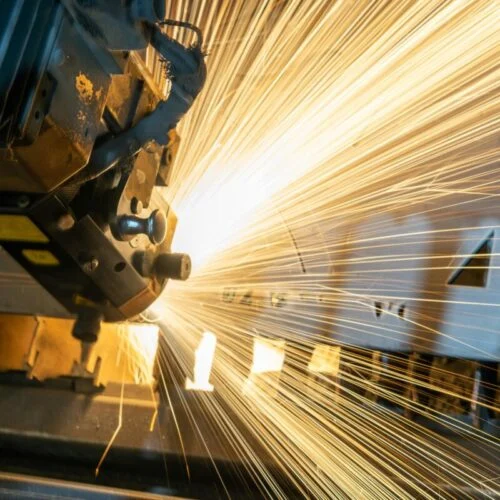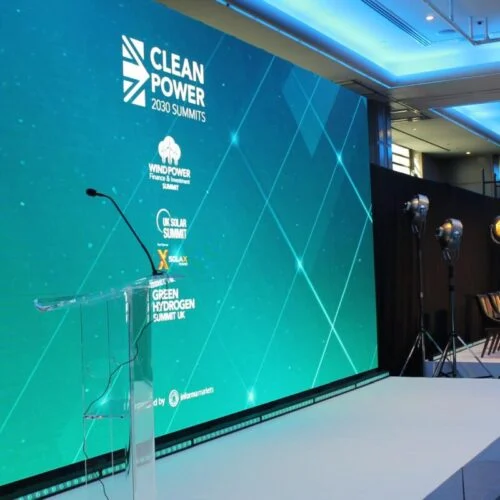The UK government is clearly trying to position itself as a leader in the global push to cut carbon emissions and negate the catastrophic effects of climate change.
A range of mildly-successful low carbon policies has put the UK on track to hits its target of generating 15% of its electricity from renewable sources by 2020. But there’s one ﹘ potentially huge ﹘ spanner in the works: our grid infrastructure.
A symptom of chronic underinvestment for over two decades, the UK’s grid system is a wildly unsuitable host for our low carbon ambitions.
Designed for an energy system based around a small number of large, centralised power plants, our current grid infrastructure isn’t well suited for a large number of decentralised, variable power plants.
The challenge of enacting a step change in the country’s deeply embedded, deeply expensive energy infrastructure is reminiscent of the Greek mythological beast, the Hydra – solve one problem, and two more arise to take its place.
Right now, there appears to be three distinct players in the sector who are all pulling in (often) different directions: the distributed network operators (DNOs), developers of renewable projects and the government.
Over the next four months Next Energy News will be running a series of blogs, interviews, videos and features which will aim to evaluate just how broken the grid infrastructure is, and how we can reasonably solve it.
Expect to read our hand picked industry gurus’ thoughts on the following topics:
-
Grid saturation
-
Connection charges
-
Unused connection offers
-
Grid reinforcement costs
-
Transmission losses
-
Smart grid management
-
Capacity crunch
-
Energy storage
-
Electric Vehicle infrastructure strain
-
Grid challenges of self-consuming buildings
-
Demand response
-
Export limiting
-
Ofgem’s role
-
Government’s role
-
Developers’ roles
As part of our campaign you will find a new, dedicated box on the Next Energy News homepage. The campaign will be tied to the slightly tongue-in-cheek hashtag #GRIDICULOUS, so if you want to start a conversation around the subject please drop the hashtag in any of your tweets and our team will see it.
In the mean time, check out why the Renewable Energy Association believes energy storage might hold the key to alleviating grid pressure, the Energy Network Association’s 10-point wish list for the future and the results of the first demand side response auction.





